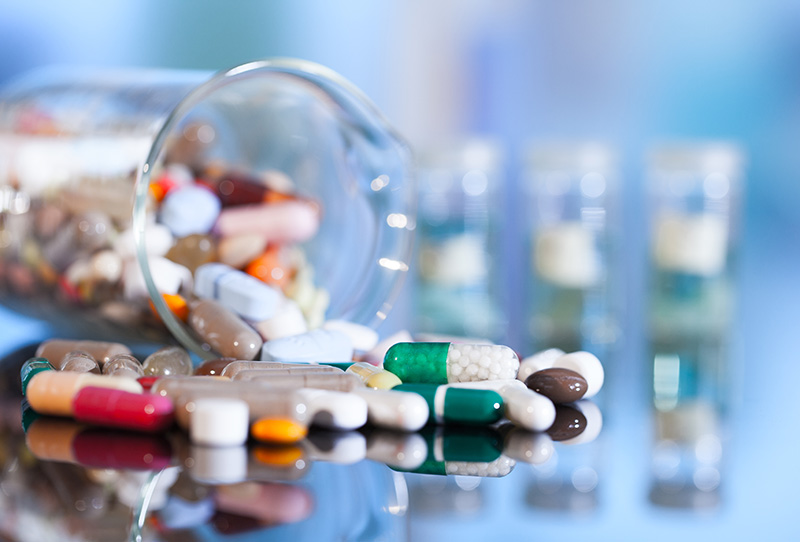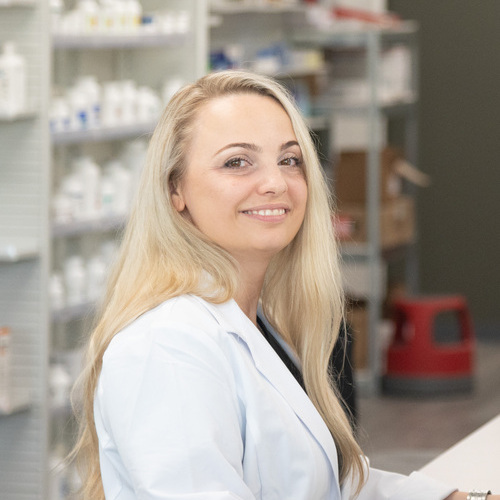Compounding
What Is Compounding?
By Rosanna Sutherby, PharmD
The process of making a mixture of drugs with adjusted dosage as per the need of the patient and such mixtures of drugs are commercially not available. Such mixtures of drugs are not mandatory to be FDA approved but these mixtures are made as per the recommendations of physician and pharmacist. The compounded drug is a mixture of a minimum of 2 drugs. We can say that compounding is the procedure of making a drug mixture for patients that cannot take FDA-approved drugs and that mixture can only be recreated by a licensed pharmacist.
Compounding can be done at pharmacies, hospitals, or doctors’ offices. Typically, a compound prepared at your local compounding pharmacy begins with a prescription from your healthcare provider. Your prescriber specifies the active ingredients, dosage form, and how you will take the medication. The prescriber may also designate the inactive ingredients, especially when a patient may have allergies to some medication components. Your pharmacist prepares the compound according to your prescription.

The History of Pharmacy Compounding
Pharmacy compounding goes back to ancient days when mixing ingredients to make remedies was common practice. During the 19th century and early 20th century, compounding was the primary method of producing medications. Later in the 20th century, the practice of compounding medicines declined with the advent of large-scale pharmaceutical manufacturing companies. The last few decades, however, have seen a resurgence in pharmacy compounding. More people are now interested in customized and individualized medical care and see the benefits of custom-made medications.
What Are the Types of Compounding in Pharmacy?
Generally, there are two different types of compounding in pharmacy – sterile and nonsterile compounding.
Sterile Compounding
Sterile compounding requires special equipment and procedures to prepare products that are sterile or free of microbes. Medications that need sterile compounding include eye drops, eye ointments, injections, and implants.
Nonsterile Compounding
Compounds prepared in a clean environment but without special sterile procedures are nonsterile compounds. Nonsterile preparations are typically taken orally or applied to the skin. They include:
- capsules
- creams
- ointments
- solutions
- suppositories
- suspensions
What Is a Compounding Pharmacy?
There are about 56,000 community pharmacies in the United States. Of these, approximately 7,500 are compounding pharmacies. In a compounding pharmacy, the majority or all the dispensed medications are custom-made for individual patients. Compounding pharmacies may prepare both sterile and nonsterile compounds.
What Are the Benefits of Pharmacy Compounding?
Pharmacy compounding offers custom-made preparations that are not available from commercial manufacturers. A compounding pharmacist can adjust dosing, ingredients, and dosage forms to suit a patient’s individual needs. Examples of patients who may benefit from a compounded medication include the following:
- children who need dose adjustments
- patients who are allergic to inactive ingredients in commercially available medications
- patients who have difficulty swallowing pills
- children who cannot tolerate the taste of a commercially available liquid medication
- patients who need medicines in a delivery form not commercially available, such as patches or creams
A compounding pharmacy offers versatility and customization of your prescription medications. Whatever your reasons are for choosing a compounding pharmacy, know that your prescription will be a custom product prepared especially for your individual needs.
About Author:
Rosanna Sutherby is a freelance medical writer and community pharmacist. She received her PharmD degree from Nova Southeastern University College of Pharmacy in Ft. Lauderdale, FL. Dr. Sutherby’s pharmacy practice has included patient education and medication management for various disease states, including diabetes, cardiovascular disease, mental illness, asthma and pulmonary disease, and pain management. Dr. Sutherby’s published work spans a variety of topics, including cardiovascular health, dermatology, women’s health, sleep disorders, mental health, vaccine education, and medication use and safety.
References:
- Jackson LM, Parker RM, Mattison DR, editors. 2, An overview of compounding. In: The Clinical Utility of Compounded Bioidentical Hormone Therapy: A Review of Safety, Effectiveness, and Use. Washington, DC: National Academies Press (US); 2020 Jul 1. Available from: https://www.ncbi.nlm.nih.gov/books/NBK562881/. Accessed 18 May 2021.
- Daemmrich A. (2017). Pharmaceutical manufacturing in America: A brief history. Pharmacy in History. 2017;59(3): 63-72. doi:10.26506/pharmhist.59.3.0063
- APhA. FAQs: Pharmaceutical compounding. Pharmacy Today. 2012;18(12):50-51. doi: https://doi.org/10.1016/S1042-0991(15)31594-2. Accessed 18 May 2021.
MEET OUR PHARMACIST

Liza Bramurova, Pharm. D.
PHARMACIST
Appointments